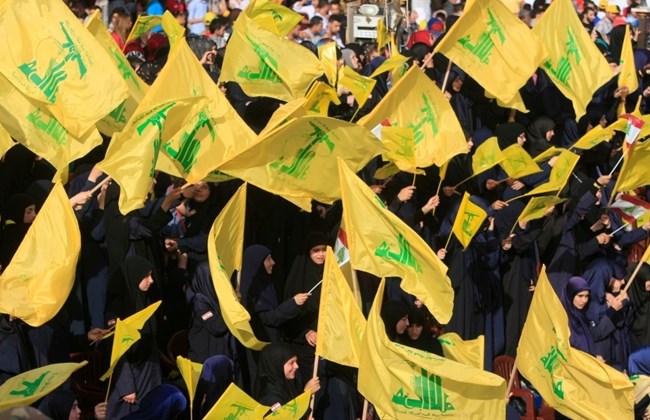Hezbollah and Israel Are Upping the Ante
Nadav Pollak/Washington Institute
August 3, 2015
The Israeli-Hezbollah battlefield seems to be shifting east as both sides continue to take action along the Syrian border, increasing the risk of escalation. On July 29, an Israeli drone reportedly attacked a vehicle carrying three members of the Syrian National Resistance, a Golan-based group affiliated with the Assad regime and Hezbollah. The vehicle — which may also have been carrying two Hezbollah operatives — was hit near the Syrian Druze village of Khadr only a few miles from the Israeli border.
In the past, Israel has taken action along the frontier when there was an imminent threat to its forces there, as in an April 26 strike on a group of Druze fighters who sought to place an improvised explosive device on the border. Attempts to plant IEDs have become frequent in recent months, and Israel’s April strike apparently did not deter Hezbollah and its proxies from trying again. The three confirmed casualties of the July 29 strike were from Khadr, the same Druze village where Hezbollah recruited fighters for the April IED operation. The new strike may have been meant to achieve the same goal as the April strike: namely, stopping an imminent threat to Israel Defense Forces border personnel.
Other reports suggested the target was Samir Kuntar, a convicted terrorist who killed an Israeli family in 1979 but was later released in a prisoner swap with Hezbollah. A Lebanese Druze, Kuntar is a top recruiter for Hezbollah in the Golan Heights and leads a local militia that originated in Khadr (see PolicyWatch 2437, “Syria’s Druze Under Threat”). If he was indeed the target, the strike would indicate that his role in Hezbollah’s Golan operations was important enough to justify a diplomatically sensitive cross-border operation, as was the case when Israel targeted Jihad Mughniyah and other Hezbollah commanders in the same area. So far there have been conflicting reports about Kuntar’s well-being after the attack; his family has denied all reports of his death.
In any case, Hezbollah seems intent on recruiting locals from the Golan to target the IDF, and this is not the first time it has used outside fighters to conceal its footprint. In the past, the group trained and sent Palestinian fighters to attack Israel from the Lebanese border, with the aim of causing casualties while avoiding a harsh military response. The Druze of Khadr have several traits that make them well suited to Hezbollah’s dual goal of killing Israelis while preserving deniability: they are not Shiites, they are familiar with the terrain, they know the IDF routine on the border, and they have connections to the Assad regime, which helps Hezbollah distance itself even further from any attacks they conduct.
CONCLUSION
Like other operations on the Israel-Syria border over the past year, the latest strike demonstrates that Israel will act when it will feels threatened by the presence of Hezbollah personnel and proxies in the Golan Heights. At the same time, the emergence of another Hezbollah-connected cell so close to the border shows that the organization was not deterred by Israel’s past attacks against its top commanders and operatives. Rather, it continues to develop its infrastructure and proxies in the Golan despite knowing that Israel is following their moves.
It is too soon to know whether the Iran nuclear deal will further embolden Hezbollah, but the fact that the group is willing to target Israel under the current constraints is telling. The Golan front is becoming the new battlefield between Israel and Hezbollah, and the situation is growing riskier as both sides up the ante. This is part of the reason why Israel is moving more Iron Dome missile defense batteries to the north, so as to prepare for potential escalation.
**Nadav Pollak recently completed his master’s work at Princeton University and will soon rejoin The Washington Institute as a research fellow.





















